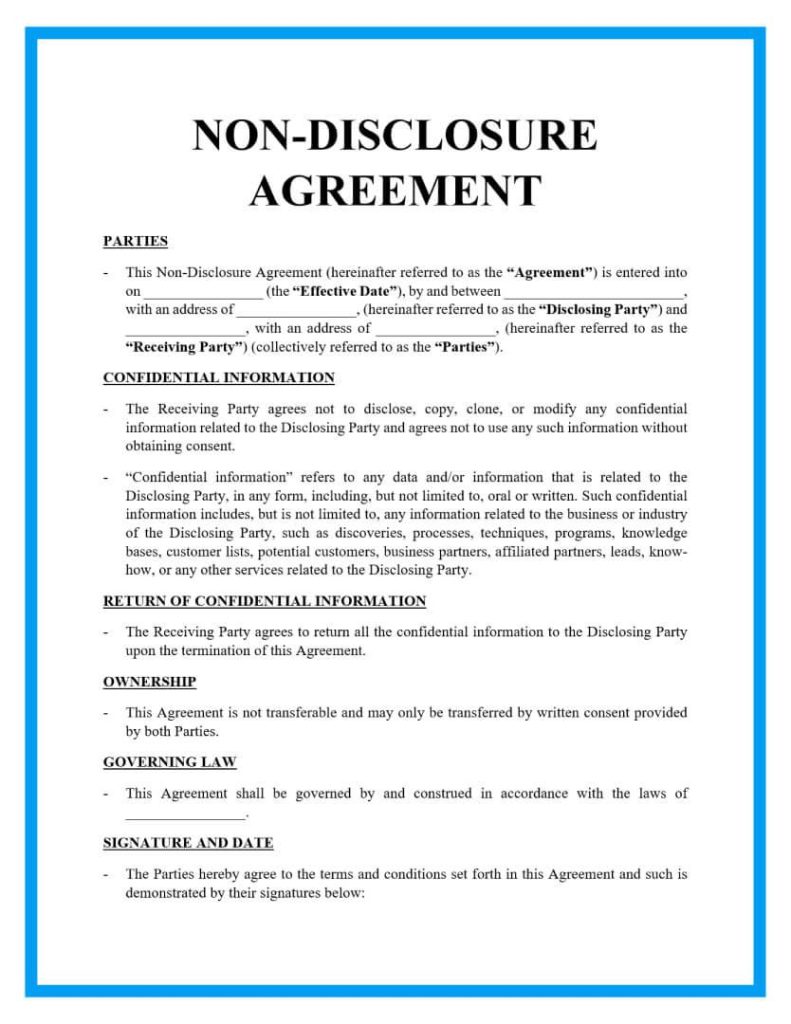Crafting Effective Legal Documents: A Guide for Precision
3 min read

Crafting Effective Legal Documents: A Guide for Precision
Legal documents serve as the backbone of the legal profession, conveying complex information with precision and clarity. In this guide, we explore the art of crafting effective legal documents, examining key principles, common pitfalls, and the importance of meticulous detail.
Understanding the Purpose of Legal Documents
Legal documents are instrumental in conveying legal rights, obligations, and agreements. Whether it’s contracts, pleadings, or legal opinions, these documents play a pivotal role in formalizing agreements, presenting arguments, and providing legal analysis. Understanding the purpose of each document is essential for tailoring its content to meet specific legal objectives.
Clarity and Precision in Legal Language
Clarity and precision are paramount in legal writing. Legal documents should convey information in a manner that is easily understood by the intended audience, which may include clients, judges, or opposing parties. Avoiding ambiguity and using precise language ensures that the document’s meaning is clear and leaves little room for misinterpretation.
Structure: Building a Logical Framework
The structure of a legal document is crucial for organizing information logically. Each document should have a clear introduction, body, and conclusion. Headings and subheadings can further break down complex information, making it more digestible. A well-structured document enhances readability and helps the reader navigate through the content seamlessly.
Drafting Contracts: Articulating Agreements Clearly
In contract drafting, precision is key. Clearly articulate the terms and conditions of the agreement, leaving no room for ambiguity. Define legal terms, obligations, and rights with specificity. Anticipate potential issues and include provisions that address various scenarios to create a comprehensive and enforceable contract.
Pleadings and Legal Briefs: Building a Persuasive Narrative
Pleadings and legal briefs require a compelling narrative. Craft a persuasive story that supports your client’s position. Use persuasive language backed by legal authority to build a convincing argument. Clearly present the facts, apply relevant legal principles, and advocate for your client’s position with conviction.
Incorporating Legal Citations: Supporting Arguments with Authority
Legal documents often rely on citations to statutes, cases, and legal authorities. Properly format and incorporate citations to lend credibility to your arguments. Ensure accuracy in referencing and provide pinpoint citations to specific sections or paragraphs. This not only supports your position but also allows readers to verify the legal authority.
Avoiding Legalese: Writing for Accessibility
While legal documents require precision, it’s important to avoid excessive use of legalese. Write with accessibility in mind, especially if the document may be read by individuals without legal expertise. Strive for a balance between legal accuracy and clarity, using plain language where appropriate to enhance understanding.
Editing and Proofreading: Ensuring Accuracy and Consistency
Thorough editing and proofreading are non-negotiable in legal writing. Check for grammatical errors, typos, and inconsistencies. Ensure that defined terms are used consistently throughout the document. Attention to detail in the editing process contributes to the overall professionalism and reliability of the legal document.
Collaboration and Review: Harnessing Collective Expertise
Legal documents often benefit from collaboration and review. Seek input from colleagues, experts, or clients to ensure that the document accurately reflects the legal objectives. Fresh perspectives can uncover potential issues, clarify points, and contribute to a more robust and well-rounded document.
The Role of Technology: Enhancing Efficiency and Accuracy
Embrace technology to enhance the efficiency and accuracy of legal document creation. Document automation tools, legal research platforms, and citation management software can streamline the drafting process. However, while technology is a valuable ally, it’s essential to maintain a critical eye and human oversight to catch nuances that automated tools may miss.
For a deeper dive into the nuances of crafting effective legal documents, explore Legal document. This resource offers insights, templates, and best practices to elevate your legal drafting skills. Whether you’re a seasoned legal professional or a newcomer to the field, continuous refinement of your document drafting skills is key to success in the dynamic and detail-oriented world of law.






